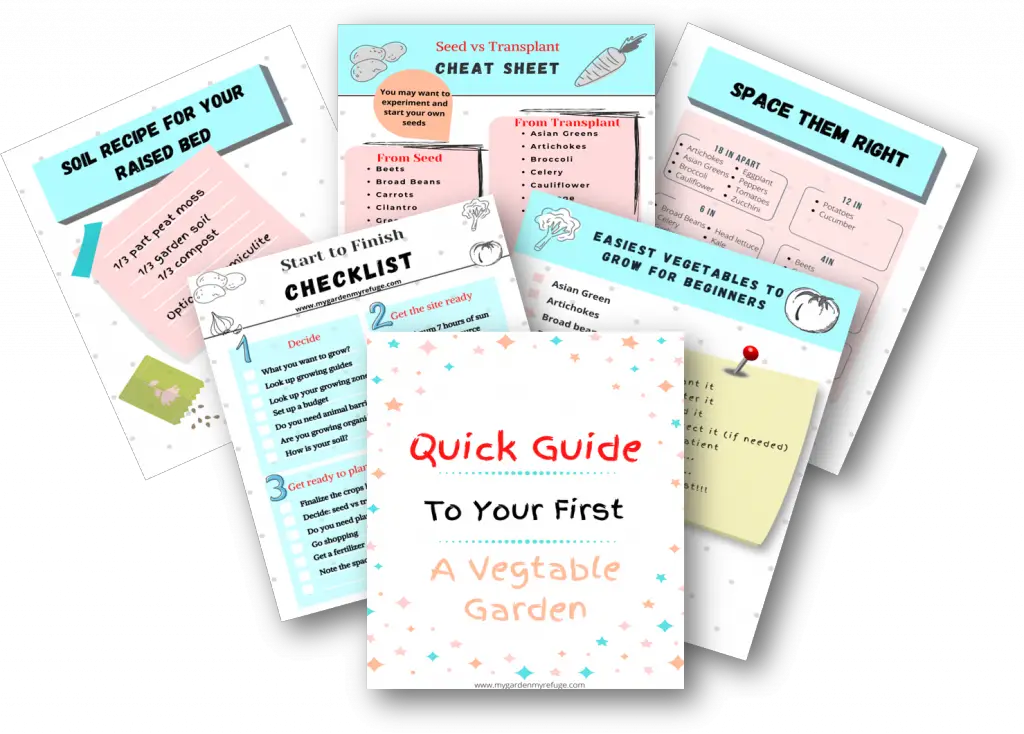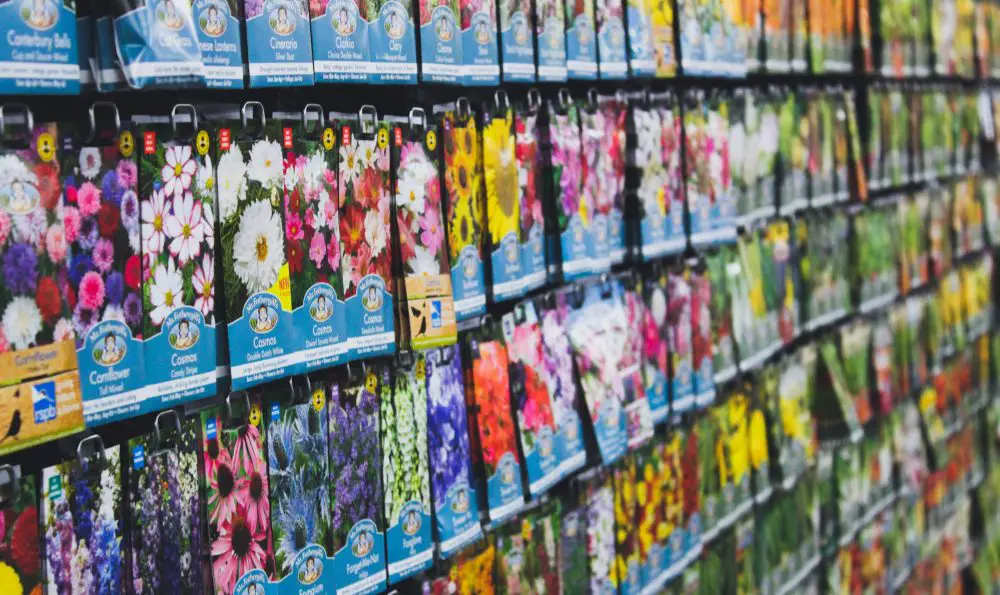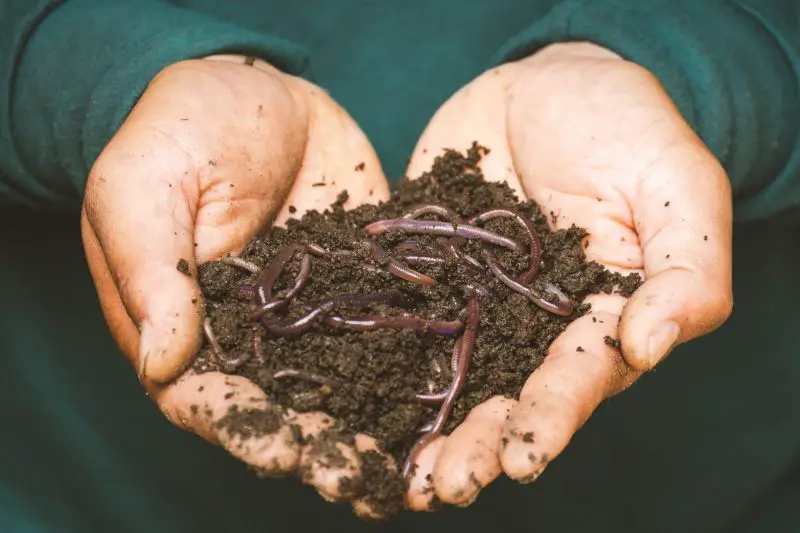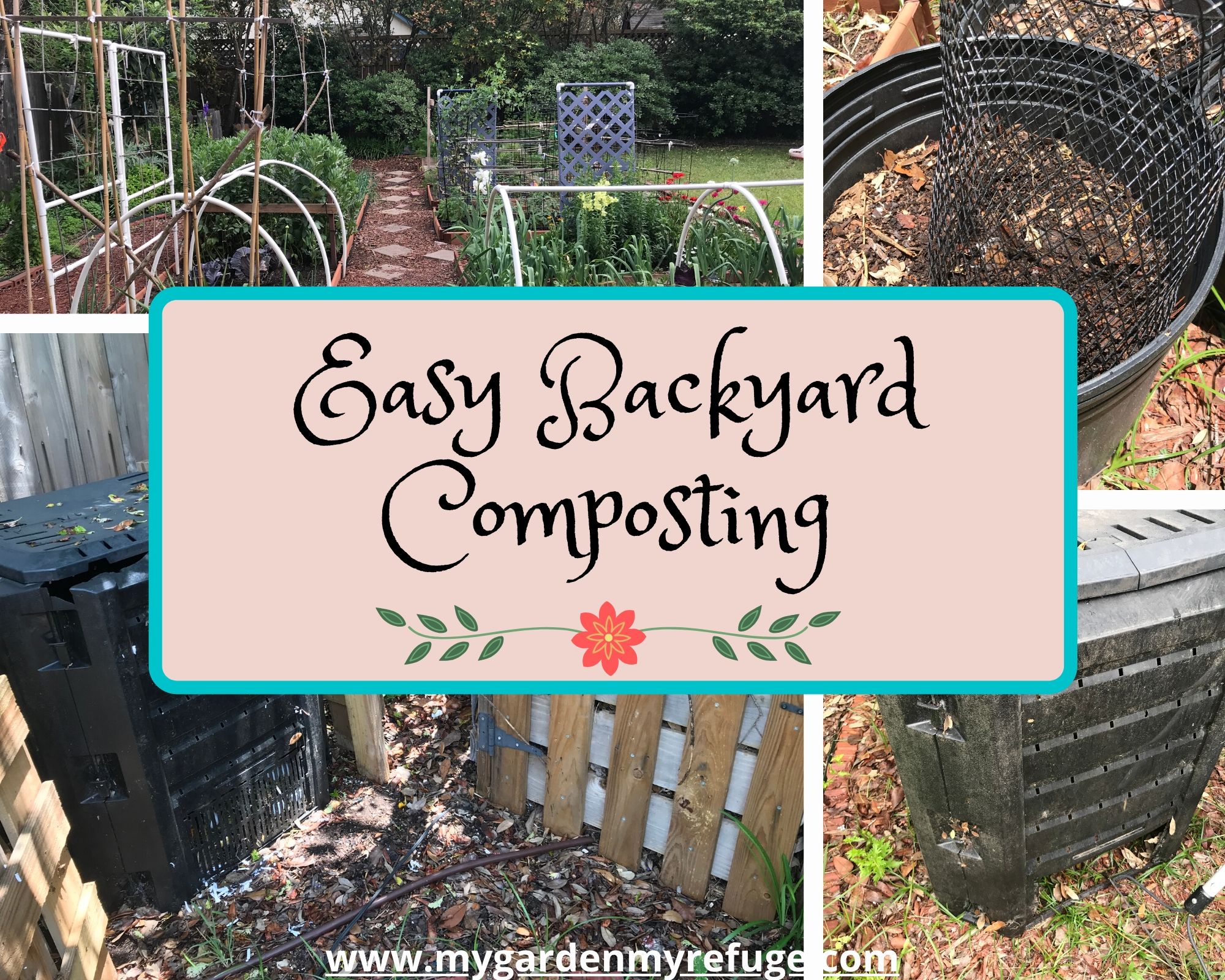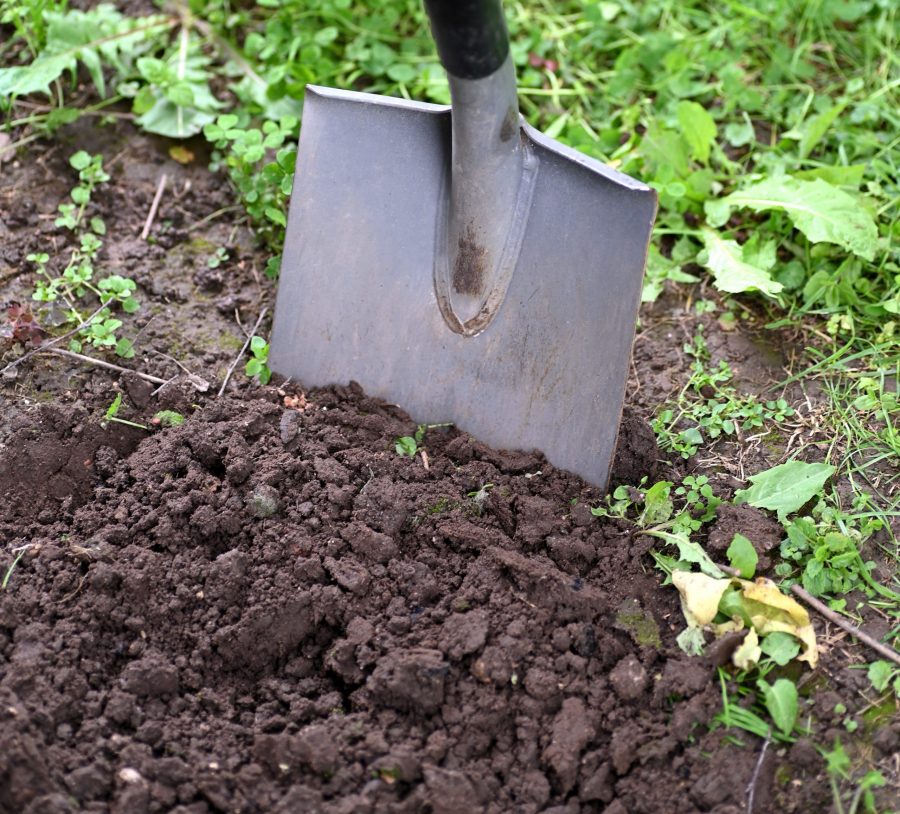One common dilemma facing new gardeners is whether it is best to grow from transplants or seeds? There are a few factors that contribute to the decision-making process. To help you make the right choice, let’s go through them individually.
How many plants do you wish to grow?
The number of plants is significant when deciding between seed vs. transplant. If you have the space and the will to care for more than six plants of the same crop, then starting seeds is the best route. It is more cost-effective and worth the effort you put into seedling care. Otherwise, getting transplants is the better option if you only wish to grow a couple of plants of each variety.
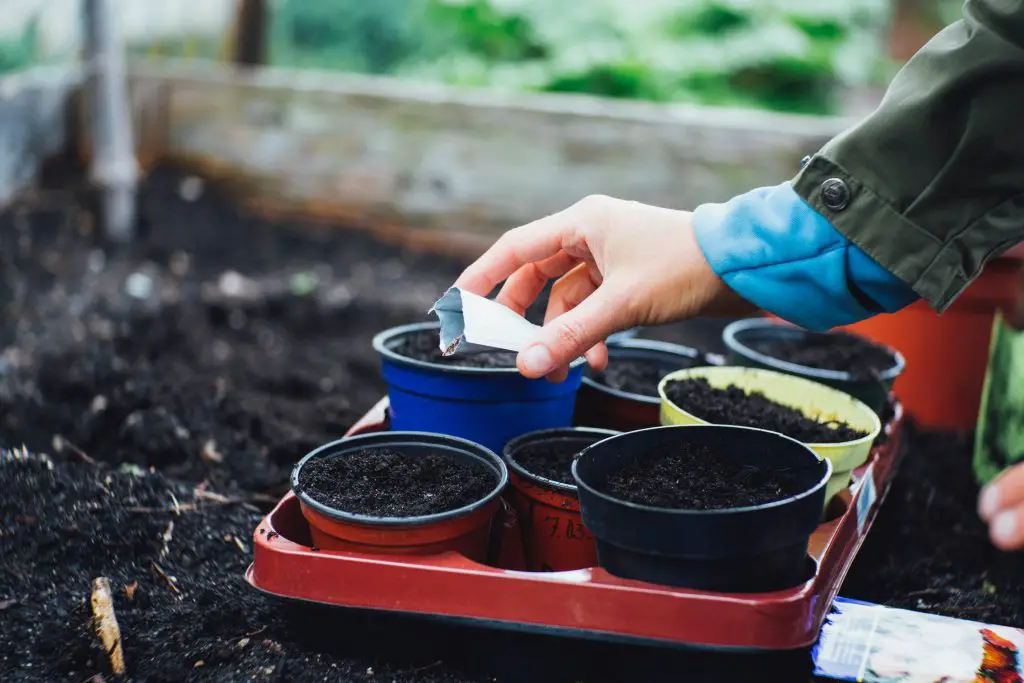
Do you have the time needed to care for seedlings?
Starting seeds is somewhat a demanding task. After sowing the seeds, checking on them and monitoring moisture levels will become a daily chore. You will have to have a certain level of dedication to achieve great results. The most labor-intensive task is transplanting the seedlings to a bigger container. From then on, the main objective is maintaining a balanced moisture level, feeding, and providing enough sunlight.
In my case, I dedicate one Saturday for sowing seeds, which takes a few hours. Next, I set up the grow light station in my bedroom closet for easy access. I check on them daily before I go to bed and in the morning before I start my day. Once the seedlings emerge and grow more than two sets of true leaves, I dedicate another Saturday to transplanting them into bigger pots. This task usually takes a full day. At this stage, I move the plants to the living room, where I have a large sunny window.
When the time for hardening comes, I take them out before I head to work at seven A.M. and bring them back when I return at six P.M. in the evening.
As you may notice, taking care of young seedlings is quite a dedication, especially when you have a full-time job.

How is your budget?
Most people consider gardening an expensive hobby. However, that does not have to be the case for everyone. There are innovative ways that help you spend less and plant more.
- Choose seeds that have a long shelf life. Some examples are brassicas, tomatoes, beets, and peppers. This way, you won’t need to buy new packets every season.
- Make your seed starting mix.
- Reuse containers or make some out of newspapers.
- Make your own grow light station.
Do you have a unique taste?
Some of the crops I grow do revive some childhood memories. Unfortunately, many of the vegetables my mom cooked for us are either unavailable in the stores or expensive. Seeds offer more options when trying to grow unique varieties. Many seed companies offer an array of choices. The only advice I would give is to ensure they are suitable varieties for your region. Some scarce vegetables I grow from seeds are broad beans, turnips, and fennel.
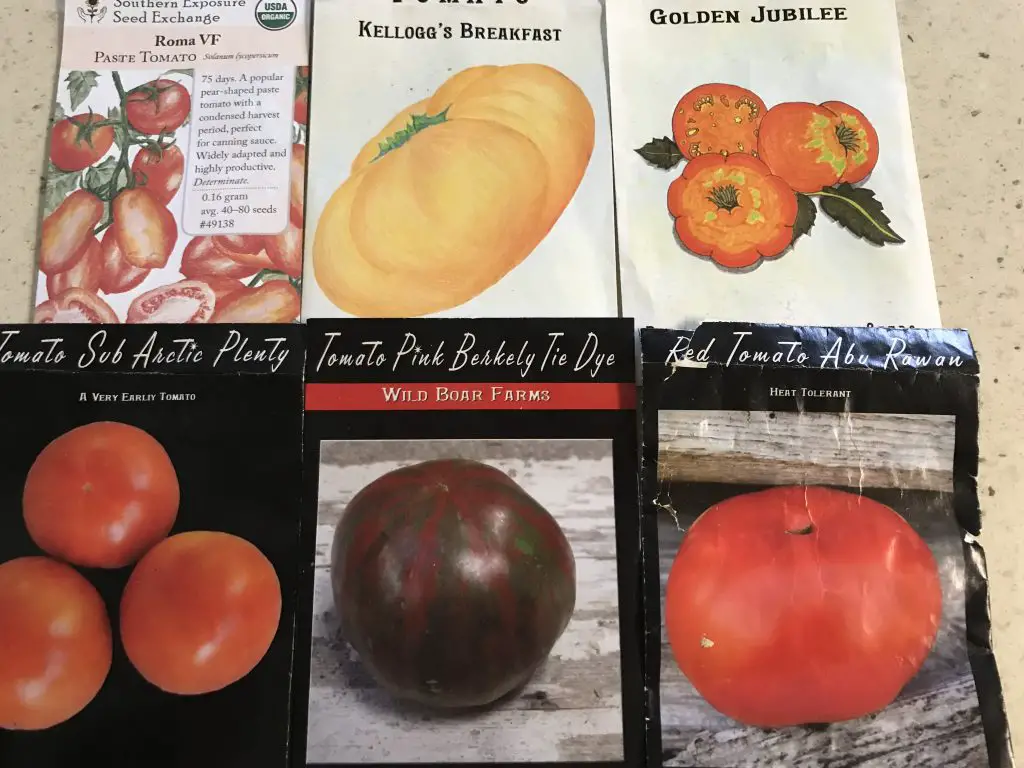
Root crops are special.
Carrots, turnips, beets, and potatoes are the most common homegrown root crops. Except for potatoes, which grow from tubers, the rest are grown from seeds. These crops do not like their roots disturbed, so they are sown straight into the ground, especially potatoes and carrots. Turnips and beets could be started indoors, only to be transplanted carefully outdoors.
A tiny seed does not mean a small plant.
Seed size does not predict the size of the mature plant. Take the example of broccoli and cauliflower. These plants get big and require at least one square foot of growing space. Yet, their seeds are interestingly small. Sprinkling the whole packet in the ground will create a crowded mess. Starting them indoors is wise to avoid wasting the seeds and dealing with unnecessary work.
Lettuce seeds are also small, but since lettuce grows well in a high-density setting, spacing is not an issue. Sprinkling the seeds in the soil is a good option, even though starting seeds does not pose a problem.
Always read the seed packet for better guidance on what to start indoors and what to sow directly.
